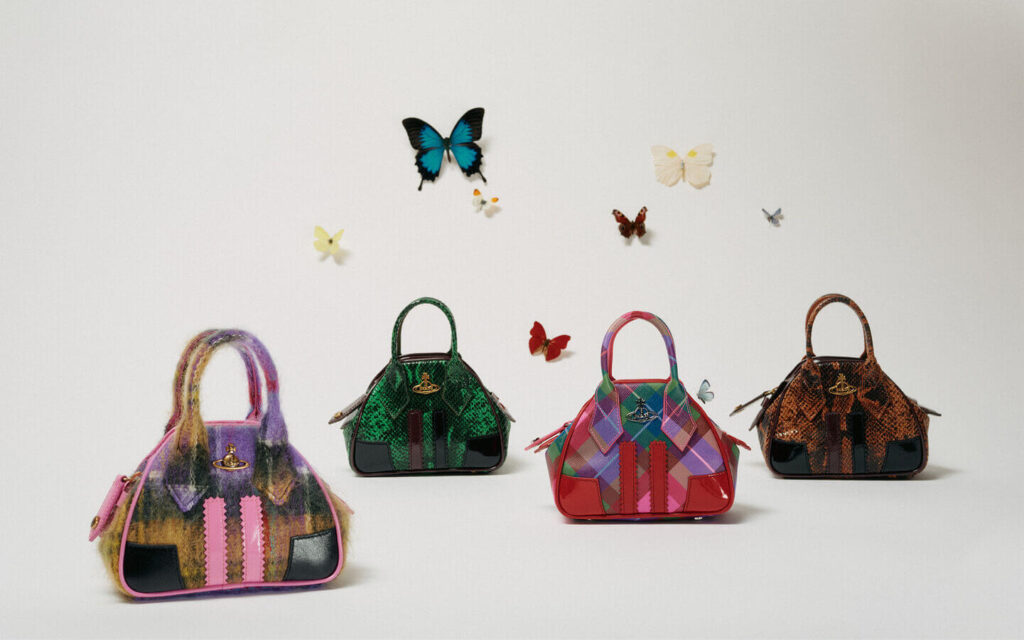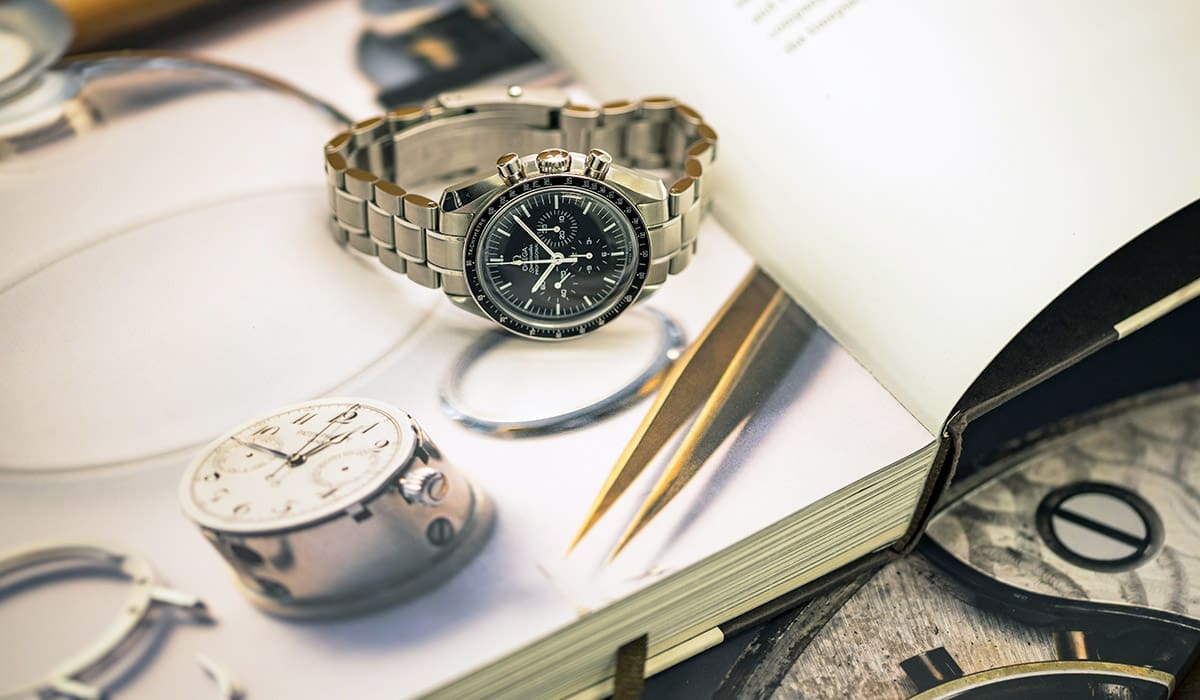The body is a project. Just look at TikTok. Videos on #glutepumping are at 82 million views, #lipplumping has more than 300 million and #skintok 1.7 billion.
Look at the beauty companies, part of a billion-dollar industry that thrives because we believe not so much in the products they sell, but in the legitimacy of the problem they’re trying to solve – we don’t look young enough or taut enough or perfect enough.
Look at gyms and personal trainers, which exist ostensibly to promote health, but profit because we feel we must morph our bodies to suit what’s in style, currently in unnatural ways – large butts and small waists, thick thighs with “thigh gaps” (the trick being that much of this isn’t actually achieved in the gym, but by costly surgical procedures).

Beauty standards are not new, but sociologists who study the body say they may be changing more rapidly, insisting more fervently that we constantly adjust to them. These trends are exacerbated by social media’s pressure to present our bodies and lives in ways that deny messy realities and are aided by democratized access to technology, like Facetune, that helps us easily rid our bodies of natural imperfections.
Report: Facebook officials knew Instagram can have negative mental health impacts for teens
“What is novel is that now, body shape ideals change as quickly as fashions in hairstyles,” said Cary Gabriel Costello, an associate professor of sociology and director of LGBTQ+ Studies at the University of Wisconsin-Milwaukee. “In the aughties people plucked or lasered their eyebrows into thin arches. Now those same people ‘have to’ go get microblade eyebrow tattoos to have the lush eyebrow look approved today. Every few years now, celebrities and influencers have to go get new plastic surgical procedures on their faces, because if they don’t, everyone will see they are wearing an outdated facial style. And before the 21st century, that sentence would sound like science fiction – dystopian science fiction at that.”
If the body is a project, can it ever be complete?
Beauty ideals shift for each generation, but a standard always remains
The culture has shifted toward greater visibility for more diverse bodies, which sociologists say can be viewed as a positive change for inclusivity, but which may not be enough to stop people from feeling compelled to keep up with trends.
UCLA sociology professor Abigail Saguy says expansive beauty standards can be freeing but still present traps.
“For whatever body type a lot of women are going to think is impossible or unattainable, there’s going to be some other woman for whom that body type is their body. It can be really liberating for it to be in fashion,” said Saguy, but she noted it’s a problem when the transitory nature of beauty ideals leaves people uncomfortable when their bodies aren’t in fashion.
Standards of beauty evolve. Costello points to the differences between Gen X teens and Gen Z teens. In the 90s, thin was ideal. Big butts, while appreciated by some, were mocked in mainstream culture. Just a few decades later, Gen Z teens are experiencing what Costello calls a pursuit of the “thicc” form – big, firm butts and thighs with small waists. Thicker lips, too. Glute pumping (which uses resistance exercise to increase blood flow to the butt), Brazilian butt lifts and butt implants all relate to the trends of which the Kardashians have become figureheads.
More: Khloe Kardashian’s nose job confession and the pressure to look perfect
“This aesthetic is ostensibly more ‘multiethnic,’ and less Eurocentric, which sounds like an improvement. But it can also be viewed as an appropriation by white people of features typical of Black and brown people – with white people getting all of the benefit and none of the discrimination when taking on these trending looks,” Costello said.
What about body positivity?
Body positivity was positioned as the alternative to beauty ideals. Love your body at any size and any shape. But some experts argue that despite the movement’s success in expanding visibility for more diverse bodies, and occasionally showing truly authentic ones (wrinkles, pimples, cellulite, ingrown hairs) many body positive influencers may be perpetuating their own kind of damage, as Costello notes their aesthetic is so often a lie. He points to the “no-makeup” trend.
Lizzo criticized body positivity: Here’s what you need to know about body neutrality
“The supposed message is to celebrate body positivity by asserting to social media users that they can be beautiful just the way they are, since the celebrities are beautiful without makeup. But in reality, the influencers are often wearing subtle ‘no-makeup makeup’ – and that’s just the tip of the iceberg,” he said. “They have spent tens of thousands of dollars, or hundreds of thousands, or more, on plastic surgeries, and lip-plumpers, and line-fillers, and Botox, and implants, and extensions, and skin peels and body lifts.”
Analysis: Jill Biden’s tights and why society is obsessed with what older women wear
When regular people take off their makeup and don’t look like celebrities or influencers, they wonder what’s wrong with them.
Costello said people of all genders feel anxiety about their bodies – but men to a lesser degree, because they are defined more by their accomplishments than their looks. The exception, gender study experts say, is queer men. A 2016 study found gay men are much more likely than heterosexual men to report feeling pressure to look attractive and to desire cosmetic surgery.
#Instagay: I follow sexy gay Instagram accounts. Is it hurting my body image?
Women are especially susceptible to these anxieties, as their worth has long been associated with their appearance, creating pressure to achieve the current culturally desirable look. Trans and non-binary people face even more pressure around the management of their appearance than cisgender people, because society is constantly policing their bodies.
‘How does my body feel?’
Standards of beauty are still largely driven by celebrity and influencer culture, made up of those often privileged enough to afford the interventions necessary to not only meet the current beauty standard but to adopt the next one. Many people driving these trends are reluctant to admit the surgeries and procedures they use to achieve their looks. When ordinary people try to do the same, they’re often left disappointed or ashamed.
More: Linda Evangelista says she was ‘brutally disfigured’ after CoolSculpting. What is it?
Beauty standards are also maintained by a consumer capitalist culture, which profits off people’s desire to constantly improve.
“Under consumer capitalism, it’s necessary to get people to buy more and more things, in order to increase profits and expand the economy. And it turns out that a great way to do that is to make people feel shame about something, then offer to sell them a product that will supposedly reduce that,” Costello said.
Report: Facebook knew Instagram can have negative mental health impacts for teens
Saguy said her hope is for people to focus less on how their bodies appear, and more on what their bodies can do. That, she said, can be a worthier project.
“It’s important to focus less on the visual and more on, ‘how does my body feel?,” she said. “We look in the mirror to make sure there’s nothing in our teeth, but other than that, hopefully, we’re outward-facing.”
This article originally appeared on USA TODAY: Glute pump, lip plumping: TikTok trends and body image harms





More Stories
5 Tips For Launching a Blog to Highlight a Brand
Promotions – a holiday gift for shopper and retailer
10 Makeup Items I Reach For Everyday & Would Never Be Without – The Anna Edit